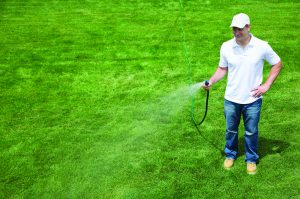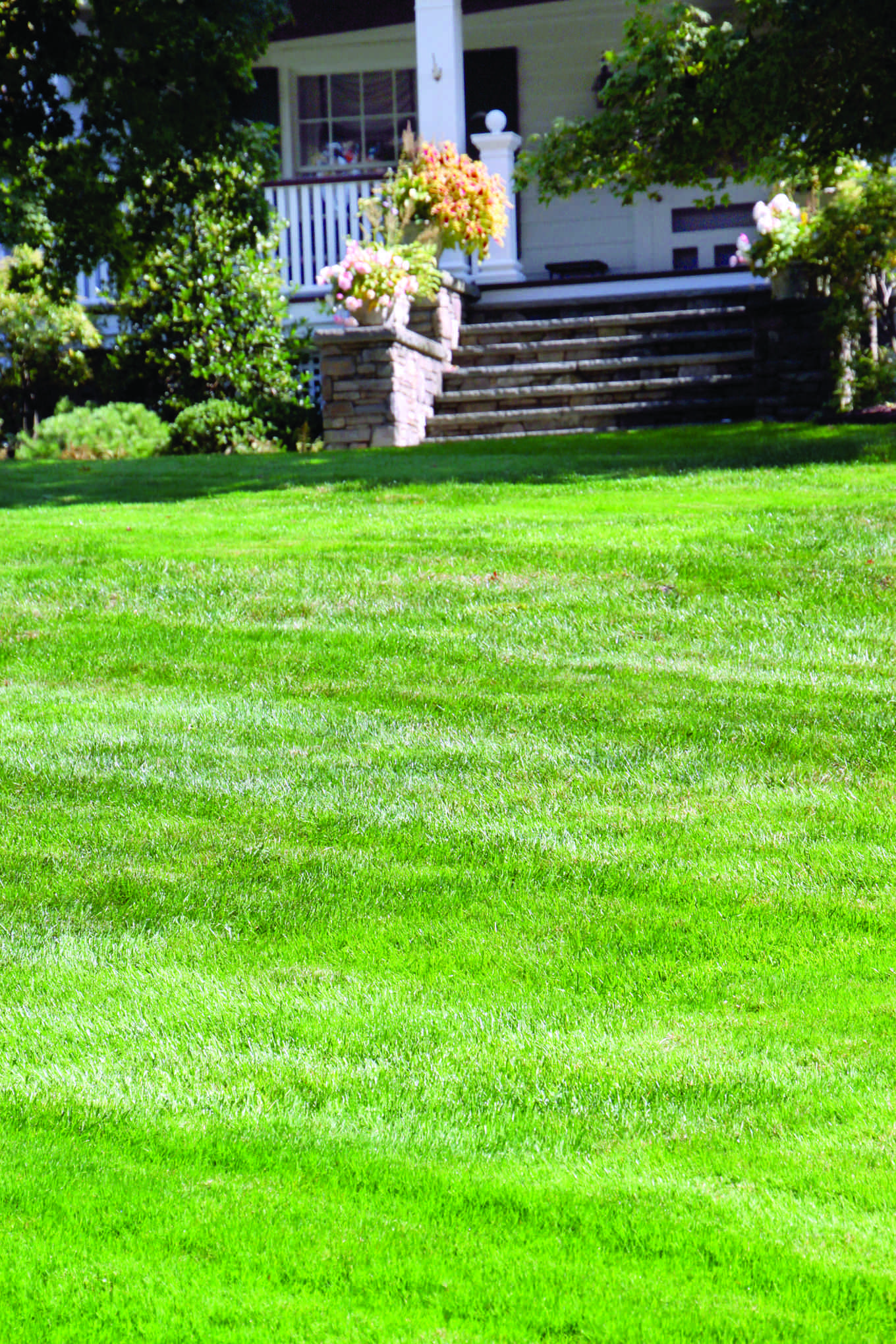Spring has sprung, and there are many activities to enjoy now that the warmer weather has arrived. Many homeowners make the most of warmer weather by tackling projects around their properties.
While autumn is a better time to overseed a lawn for new growth, satisfactory results still can be had if seeding is done early enough in the spring. Grass needs ample time to establish roots and grow strong before the summer heat takes its toll. Many types of grass need six to 12 weeks of ideal temperatures and growing conditions to germinate and produce a sturdy grass that will grow and endure.
Seeding can be done to rejuvenate an existing lawn and fill in bare spots. It also can be done to start a lawn from scratch. The following are some tips to help make seeding projects more successful.
* Begin by raking the lawn to remove thatch and any fallen leaves leftover from autumn and winter. Raking also enables you to inspect the lawn for bare patches or matting of grass that may be indicative of a fungus or other problem.
* Dust off the mower and trim the lawn short, especially if it was left long at the end of last season. This will help seed penetrate the blades of grass and get to the soil beneath.
* High-traffic lawns may need aeration to counteract compacted soil. Moss on the ground is often an indication of compaction. Aeration will help with this problem, as it pokes holes into the soil to enable oxygenation that keeps new grass robust and promotes faster growth. Lawn aerators can be rented from many gardencenters.
 * Spread a mixture of topsoil and compost over the top of the lawn. This will add nutrients through organic matter to the lawn and create a good base for the new seed to take root. It will also help strengthen any existing grass and promote long-term health.
* Spread a mixture of topsoil and compost over the top of the lawn. This will add nutrients through organic matter to the lawn and create a good base for the new seed to take root. It will also help strengthen any existing grass and promote long-term health.
* Test a sample of the soil to check the pH. Grass prefers a neutral pH, but some soil tends to lean toward the acidic side, especially if you see the presence of moss. Knowing the pH will help determine just how much lime per square foot you will need to adjust it accordingly. Liming is a corrective measure and does not need to be used on a healthy, thriving lawn.
* Invest in a spreader to add seed to the lawn. The spreader will have various settings that enable you to calibrate the rate of seed dispersion depending on your walking speed. Fill the spreader with seed and begin to walk around the lawn. Drop spreaders require you to apply seed in rows with no overlap. Broadcast spreaders will cast seed widely and may need some overlap to guarantee complete coverage.
* Spread another thin layer of compost mix over the seed and water thoroughly. The compost will help keep moisture in while the seeds germinate.
* Aim for lawn watering two to three times per day. The seed should be barely dry between watering. After seeds have germinated and established, you can reduce the frequency of watering but increase the depth of the watering to keep roots strong.
* Avoid foot traffic on a newly seeded lawn until the grass is well established.
GT144923




